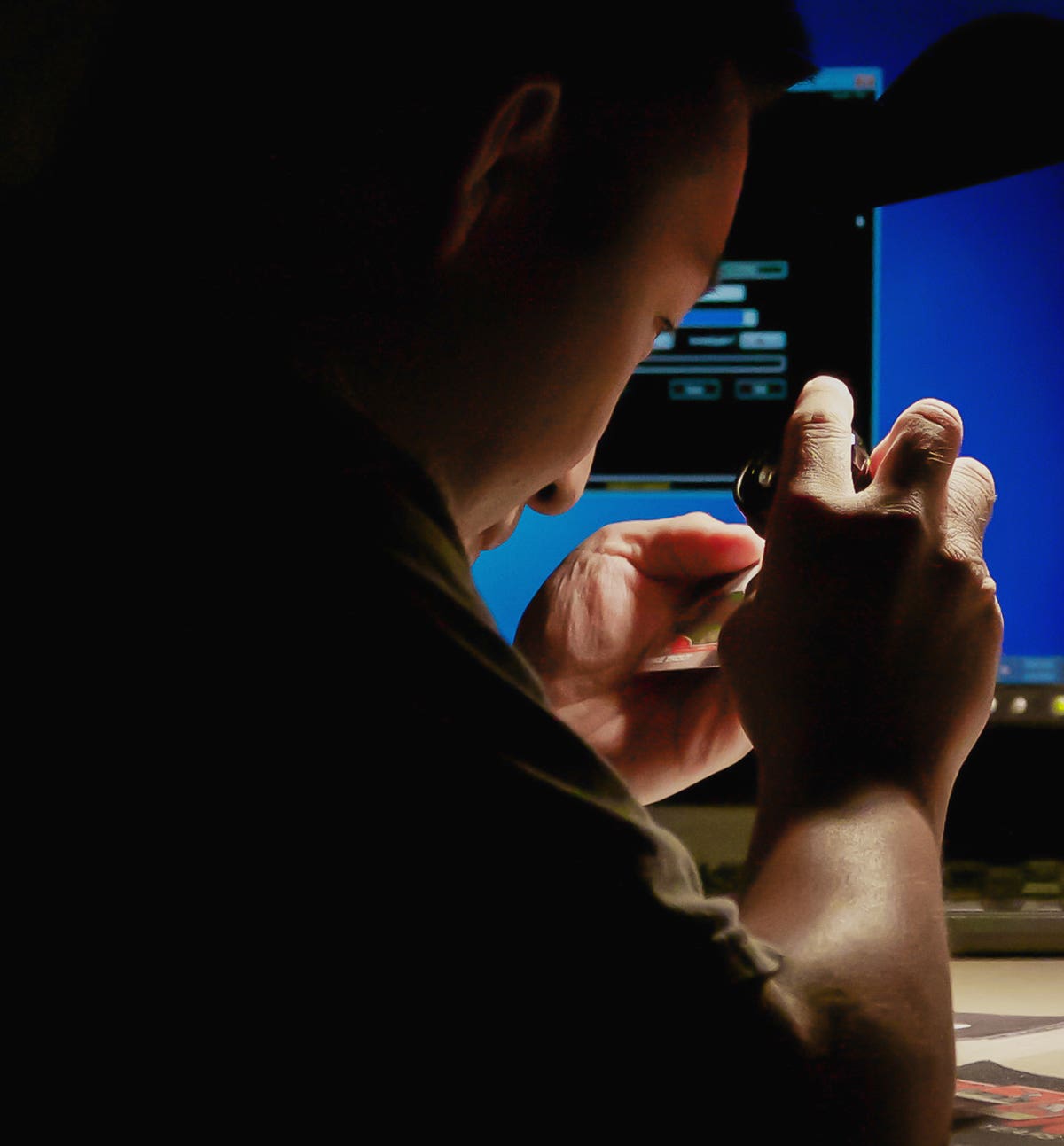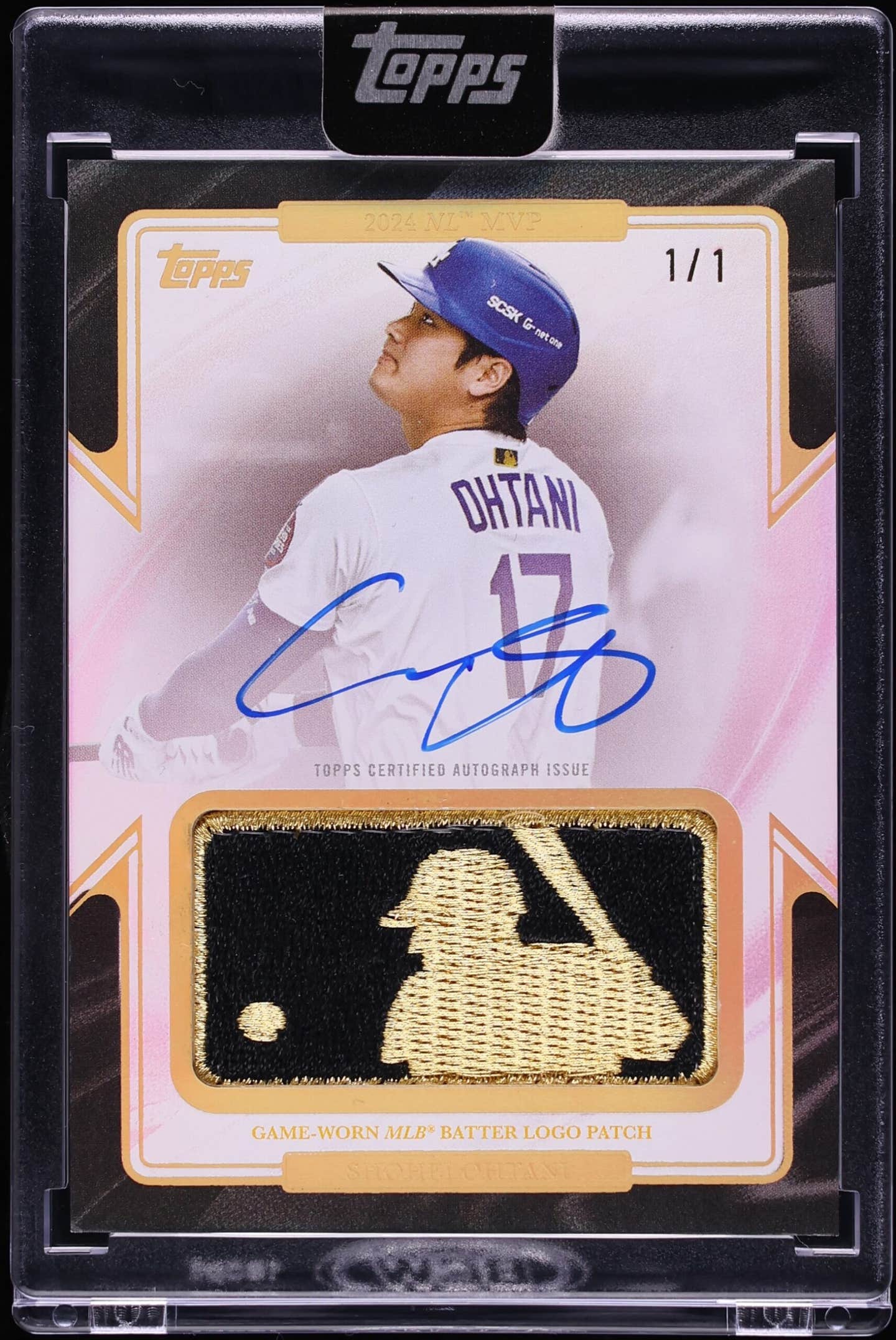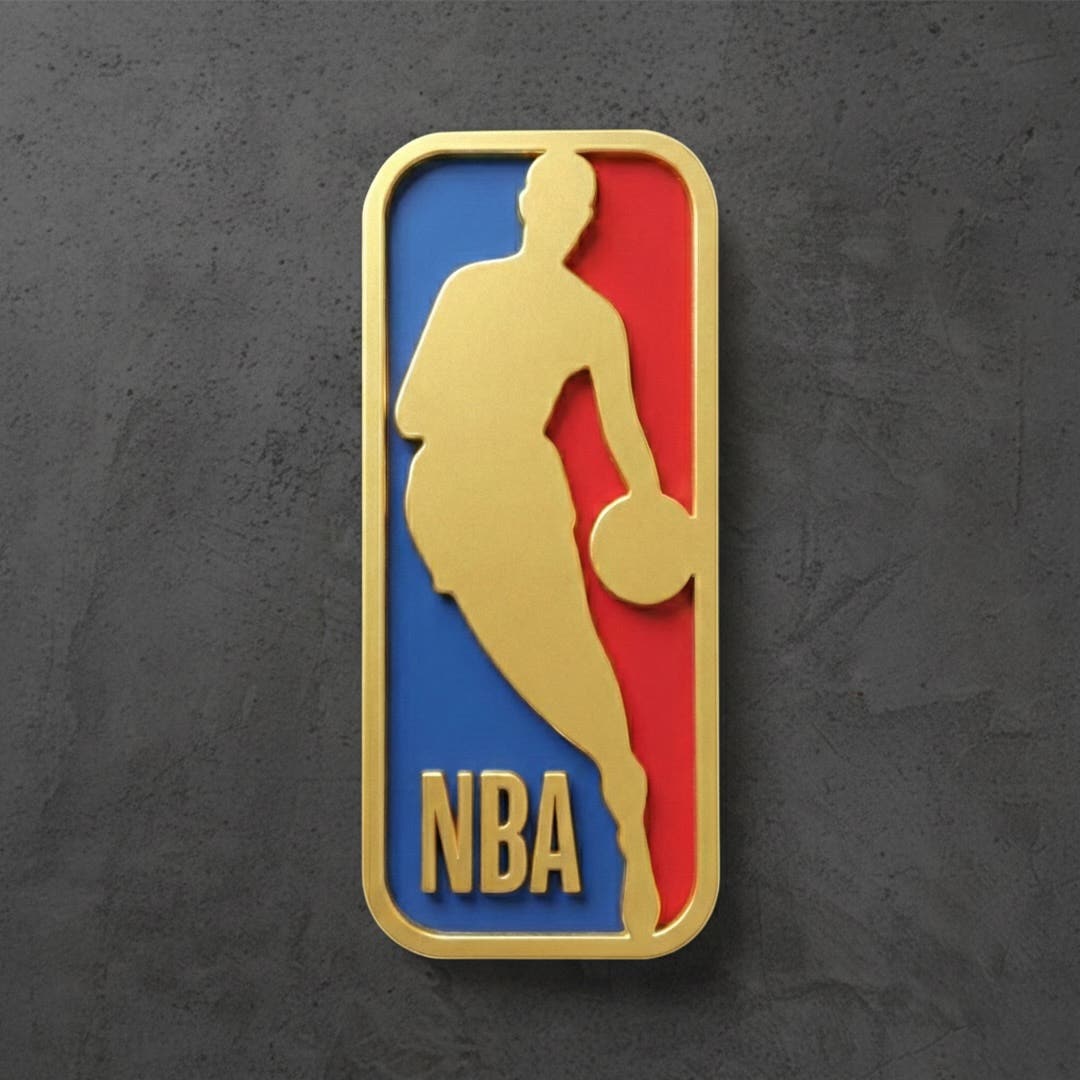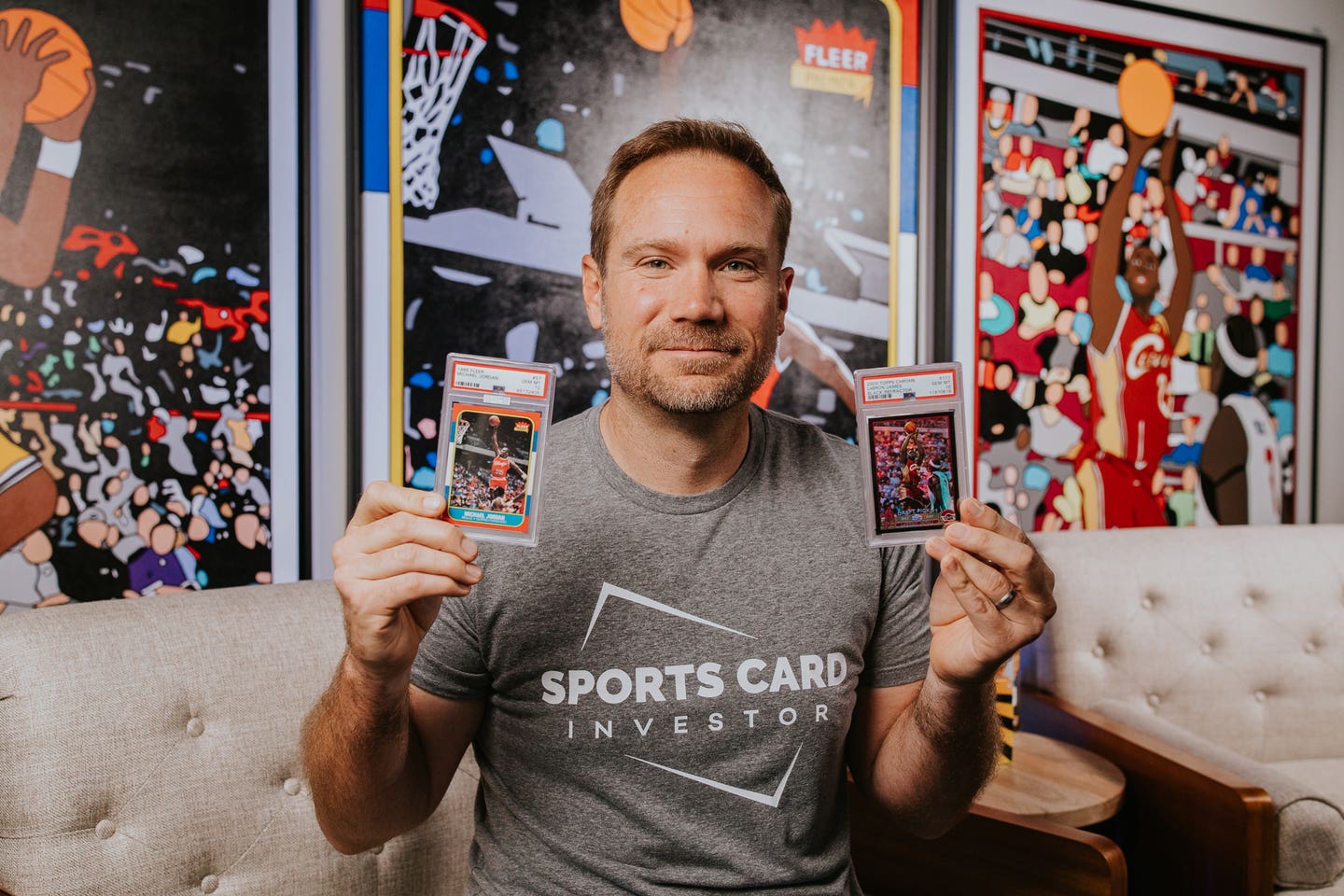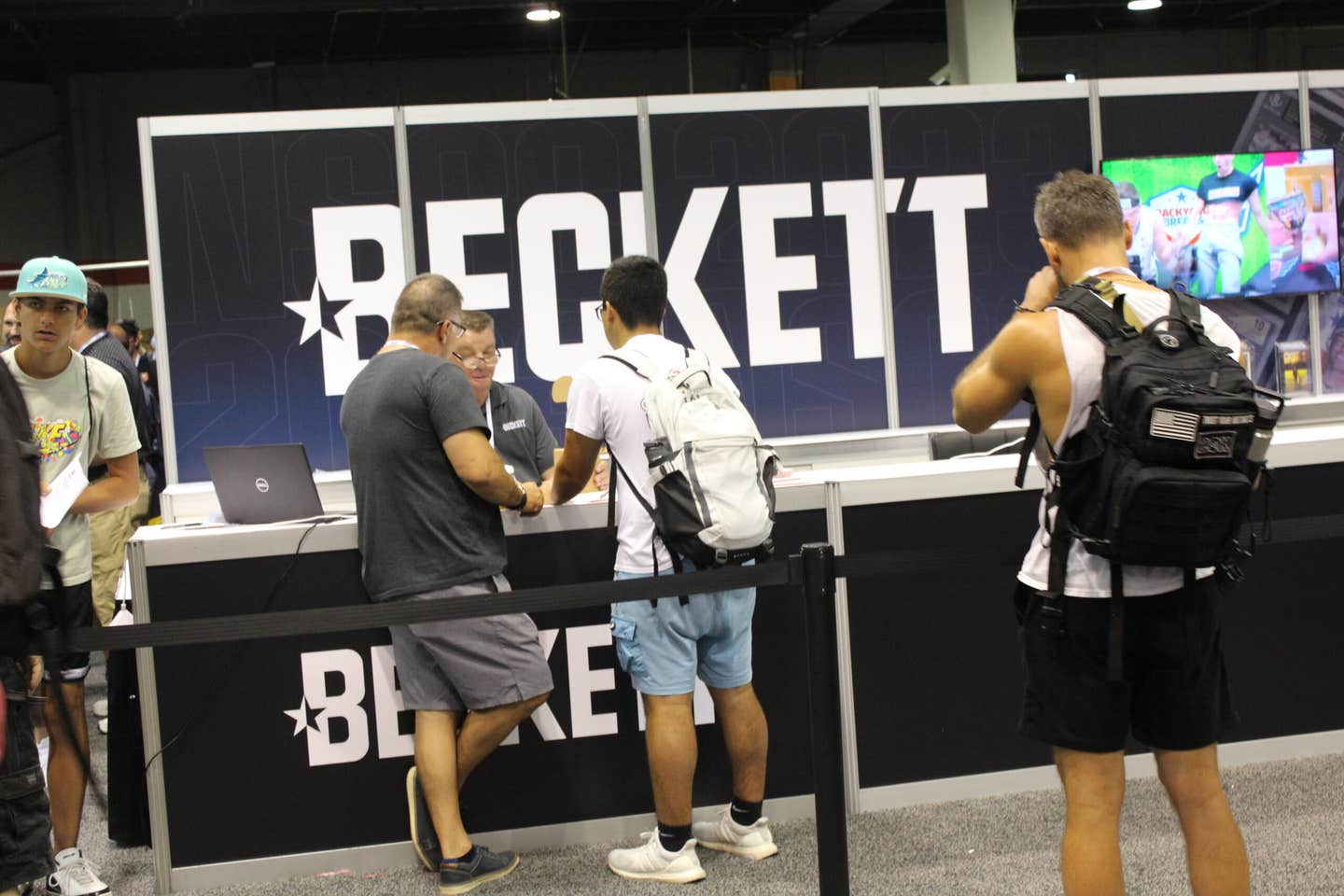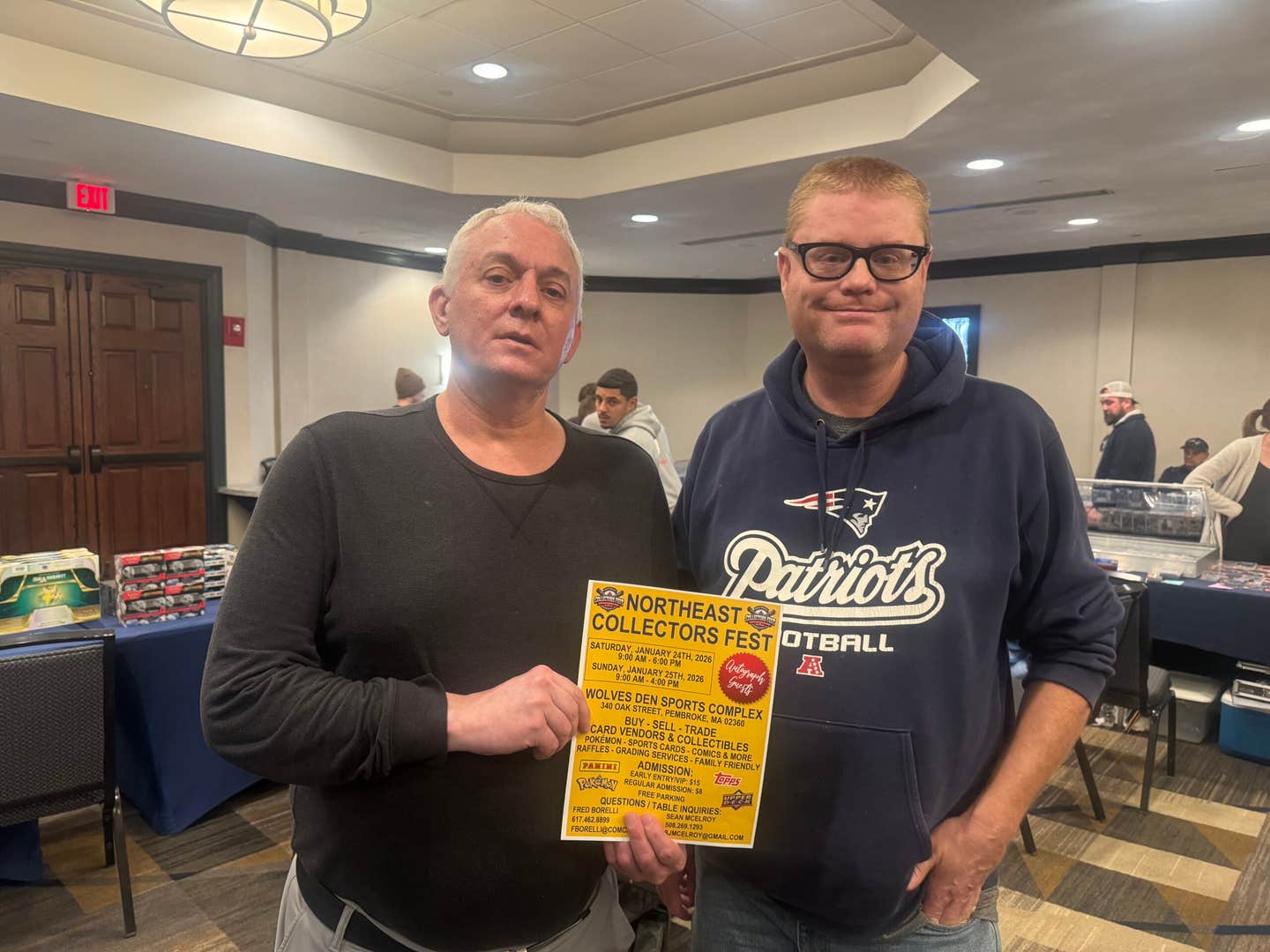Cards
Shohei Ohtani, Dodgers return to World Series has Baseball Hall of Fame on lookout for unique artifacts, historic memorabilia
COOPERSTOWN, N.Y.— More splashes of Dodger Blue could color the walls of the National Baseball Hall of Fame and Museum should the Los Angeles Dodgers capture the 2025 World Series.
The best-of-seven matchup against the Toronto Blue Jays starts Friday at Rogers Centre, the first of two games in Toronto before moving to Los Angeles on Monday. The Dodgers’ feat would mark the first time an MLB team has won consecutive championships since the New York Yankees completed a three-peat from 1998-2000.
For the Hall of Fame, it’s up to Josh Rawitch, president of the facility, and his 100-person staff to come up with creative ways to document the Dodgers’ feat, and conversely, should the Blue Jays win their first World Series title since their own repeat in 1992-93.
Rawitch, previously a media relations executive with the Dodgers and Arizona Diamondbacks, will join other Hall of Fame officials attending the World Series to develop storylines for this year’s Fall Classic, which will determine the type of artifacts players donate to the museum for posterity.
Related Content:
The Hall’s third floor contains an exhibit called Autumn Glory that showcases the World Series through items tied to the winning team. The current display is filled with Dodger items from the 2024 event, running from Mookie Betts’ batting gloves to the shoes Freddie Freeman wore when he hit a grand slam to win Game 1, to the glove pitcher Walker Buehler wore when he recorded the final out in Game 5 against the Yankees.
“We often look for an angle to the World Series that isn’t necessarily the first thing someone thinks about,” Rawitch told Sports Collectors Digest during a visit to the Hall on Oct. 21, the day after the Blue Jays beat the Seattle Mariners in Game 7 of the ALCS. “We’ve got Joc Pederson’s pearls from the Braves and Dusty Baker’s toothpick from the Astros. Last year, we got a Japanese media member’s credential to help tell the story of the volume of Japanese reporters covering the World Series. There’s always some unique angle to it.”
This year, considering the Dodgers’ second straight appearance, plus the freakish feats of Japanese-bred, two-way superstar Shohei Ohtani, who dominates opponents with his bat and arm, there could be some additional brainstorming going on among HOF staff for collecting items that stand out from all of the Ohtani artifacts already on display across multiple exhibits in Cooperstown.
“Because Ohtani has continued to break records for eight years now, we’ve been fortunate that he has donated basically from head to toe, something from every event,” Rawitch said. “We have a pair of his spikes, pants, jersey, helmet, bat, elbow guard, shin guard. He’s constantly breaking records and we feel bad that we’re asking so often, but he recognizes the historic nature of what he’s doing.”
The Hall of Fame most recently reached out to Ohtani and the Dodgers about donating artifacts from his historic 10-strikeout, three-homer performance in Game 4 of the NLCS as the Dodgers swept the Milwaukee Brewers.
“We don’t know what we’re getting, but we typically ask for something from both League Championship Series MVPs to document it,” Rawitch said.
Ohtani is one of a kind for collecting several artifacts tied to one player. Hall of Fame officials typically request one single item from multiple players competing in the World Series to help tell the complete story behind an event.
“If you take any moment in history, there are 10 things you could collect from it,” Rawitch said. “Teams are trying to tell their history and the league wants to tell its history. Fanatics and [other retailers] have their hand in it in various ways. It’s all part of their gig.”
Nine times out of 10, a player will gladly donate a piece of their equipment or uniform to Cooperstown. They know that the Hall will preserve those items and that their grandkids can come see them long after they’re gone.
There are some exceptions, according to Rawitch.
“Last year, when I asked Walker Buehler for his glove, he first looked at me kind of stunned,” he said. “I thought, ‘He doesn’t want to give it to us.’ He said, ‘Can I give you my hat, jersey and spikes too?’ I told him, ‘No, we don’t need everything; we just need one thing.’
“During my first World Series in this role, I asked [Dansby Swanson] for his jersey and he told me he was going to give it to his mom, and was it OK if he gave us his hat. Players might have a different idea of which thing they want to give and we respect that. We want them to collect something on their own.”
OHTANI DEMAND
The Ohtani phenomenon takes the archival process to a much higher level inside the museum.
The Yakyu Baseball exhibit that opened in July, timed with the induction of Ichiro Suzuki, the first Japanese player inducted into the HOF, documents the 100-plus year history woven between American and Japanese baseball.
Ohtani has his own display case as part of the new exhibit, highlighted with a hologram depicting the teams he played for in both countries.
He’s also represented in Autumn Glory, as well as the room containing 30 lockers filled with memorabilia from every MLB team.
“It’s hard to imagine that anybody could do what this guy is doing on a regular basis,” Rawitch said. “We want to be respectful that we aren’t asking for an item every time he does something. We have to be careful not to over-ask as well.”
Apart from Ohtani, the other two players most prominently recognized in the Hall of Fame are Babe Ruth and Hank Aaron. Both players have individual displays because they transcended baseball on the field and became cultural icons, Rawitch said.
“Both players’ [families] gave us their entire collection after they died,” he said. “Only four people have done that, including Lou Gehrig and Tom Seaver. Seaver’s collection just came in and we’re in the process of building a display to exhibit it.”
Looking ahead beyond the World Series, the museum is in the midst of a major expansion, converting a vacant building next door that used to be a general store into a much bigger retail store that will replace the existing shop.
The museum, a nonprofit, has not disclosed the project cost, but Rawitch said it will run seven to eight figures in total.
Jane Forbes Clark, chair of the Hall of Fame and museum and whose grandfather founded it, bought the old general store several years ago. She had the foresight to visualize a growing complex over time, Rawitch said.
When it’s completed by Memorial Day, the new store will be twice as big as the current 4,500-square-foot facility. In turn, the old footprint will be converted to exhibit space in a project set for completion in 2027.
The opportunity to build a bigger footprint for Hall of Fame-branded apparel along with official MLB team merchandise is key, Rawitch said, considering the robust retail operation serves as the museum’s biggest revenue stream, followed by ticket sales and donations. The Hall has 22,000 members that pay fees running from $80 to $5,000, depending on the category of contributions.
Baseball royalty has helped keep the Hall and museum thriving over the past 50 years. The Yawkey family, former owners of the Boston Red Sox, and Peter O’Malley, part of the family that used to own the Dodgers, are major contributors. Together, they’ve donated millions of dollars to support Cooperstown’s biggest industry. They’re recognized as part of a group of major donors in the plaque gallery, showcasing the HOF’s 351 current inductees.
“It’s an amazing collection of people that love the history and help us preserve the game,” Rawitch said.
Don Muret



